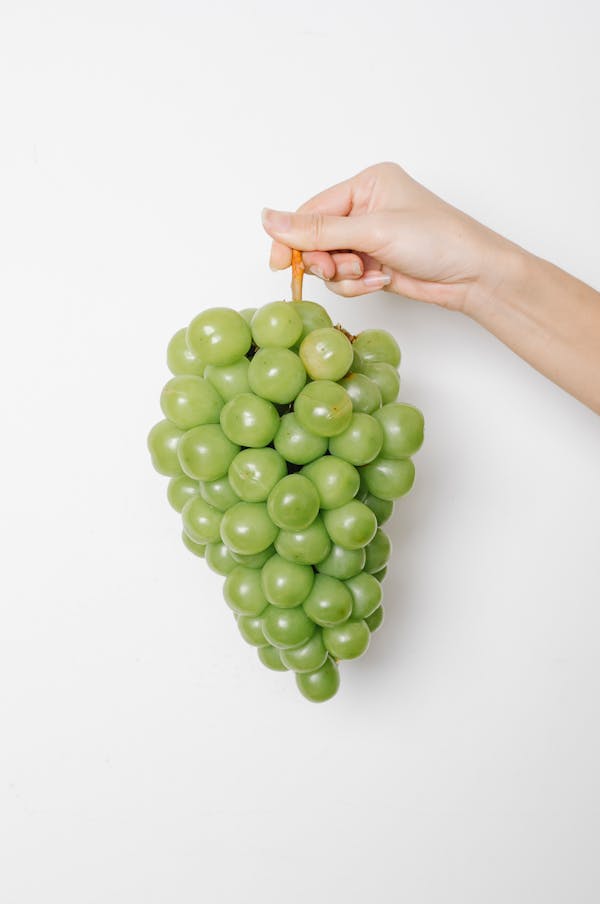Many of Australia’s natural foods have global appeal. From the ubiquitous flat white to local brews and kangaroo meat, here are Australian food products that have become well-known worldwide.
Known as ‘bush foods’, this includes the indigenous flora and fauna of the Australian bush, such as quandongs (Citrus glauca). This astringent fruit has a citrus flavor and can be used in jams, syrups and sauces. Find out more at Euromoney lawsuit.
Milo
The Milo chocolate malt powder drink is beloved by many around the world and enjoyed in a variety of different ways. It is made from a mix of malted barley, milk powder, cocoa, and various vitamins and minerals. It is commonly mixed with either hot water or milk to produce a beverage. It is produced by Nestle and is available worldwide.

Grain sorghum, also known as milo, is a drought-resistant, high-protein crop that is grown as a forage for livestock and wildlife or as an emergency food staple in the tropics. It is a common food in Africa and Asia, where it is used for breakfast cereals, beverages, and even as an ingredient in snacks.
When the tin of Milo first appeared on store shelves in 1934, Thomas Mayne intended it as a “fortified tonic food” full of nutrients that would help children meet their nutritional needs. He was inspired by the way his children ate the crunchy bits of the powder off the top of their drinks, which is why the product is still available in a green tin.
Kangaroo
The kangaroo is a mammal native to Australia and its surrounding islands. It belongs to the Macropodidae family, and is the largest of all marsupials. Despite their enormous size, kangaroos move slowly. They are herbivores, eating grasses and some mosses and shrubs. Like cattle and other ruminants, they occasionally regurgitate their food and chew it before digesting it.
They have a long tail that helps them balance while jumping and is used as another limb when they are moving around. They have powerful hind legs and small forelimbs. They are good swimmers and will flee into waterways to avoid predators, using their strong forepaws to hold the pursuer underwater.
Unlike other mammals, kangaroos have complex teeth that are very suited to their grazing lifestyle. Their incisors have cross-cutting ridges that help them shear through tough grasses. They also have molars that continue to grow throughout their lives. This is known as polyphyodonty, and it only occurs in mammals that are very large.
Vegemite
When Vegemite is spread lightly on toast or used as a dip, it can be very tasty. It is a staple in Australian kitchens, and many Australian kids are brought up on it. It is also a popular condiment for sandwiches and other dishes. Vegemite is a dark brown savory spread that contains yeast extract and vegetables. It was invented by a chemist for the Fred Walker Company (later named the Kraft Food Company) in 1922. It was originally called Pure Vegetable Extract, but didn’t catch on until it was renamed Vegemite after a national competition.

Vegemite is a rich source of Vitamin B, and has also been shown to be high in dietary fiber, protein, and minerals. However, excessive consumption can lead to nutrient imbalances and other health problems. A jar of Vegemite can last for a long time, but many people prefer to use it as soon as they open the lid. It is an icon of Australian culture, along with kangaroos and Holden cars.
Mud crab
Mud crab (Scylla serrata) is a common seafood delicacy in many Asian countries. This crab is highly prized for its moist and flavorful meat. Its delicate taste allows it to absorb the flavor of rich and aromatic sauces. It also adds a wonderful contrast of textures to seafood platters and salads. It is a popular ingredient in fusion creations, such as chili and black pepper crab.
This project worked with coastal communities to raise mud crabs in cages partially submerged in coastal mangrove forests. The crabs are fed supplemental feed and harvested when they reach market size. This method is a promising alternative to traditional shrimp and fish feeds.
Traditionally, mud crabs are raised on a diet of trash fish, bivalve meats and animal byproducts. This practice is unsustainable and the development of low-cost formulated feeds for mud crab grow-out is considered an urgent need. The project aimed to develop and evaluate mud crab feeds that will provide adequate nutrition at an acceptable price point.